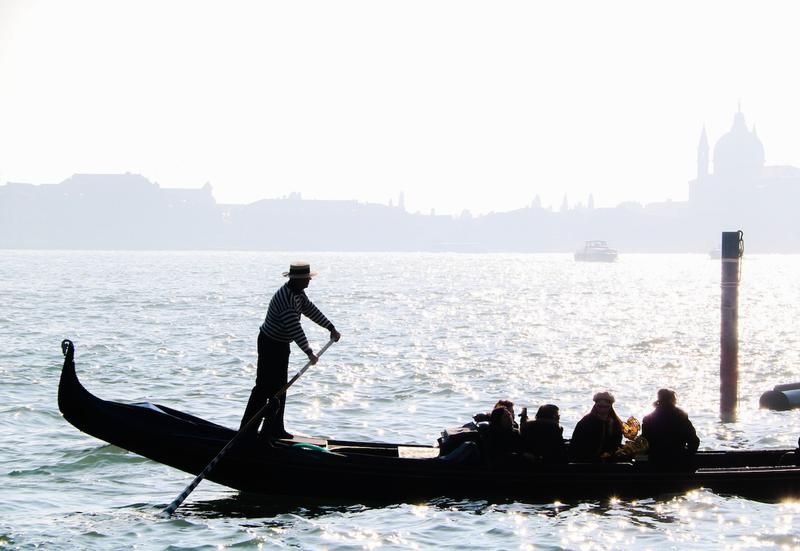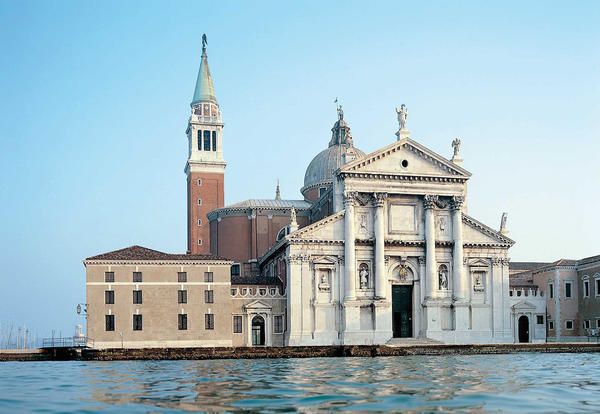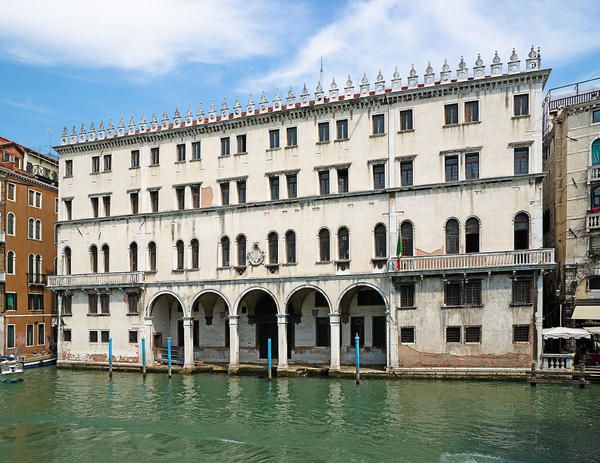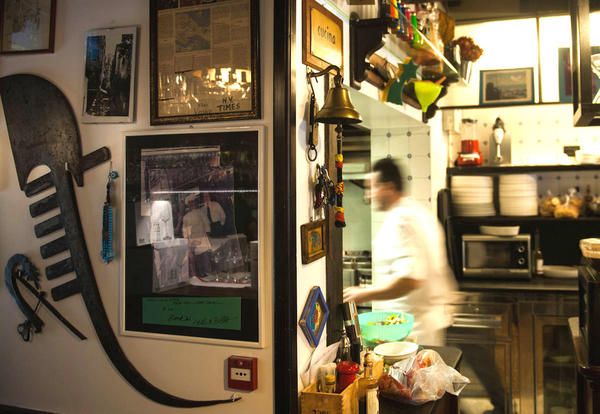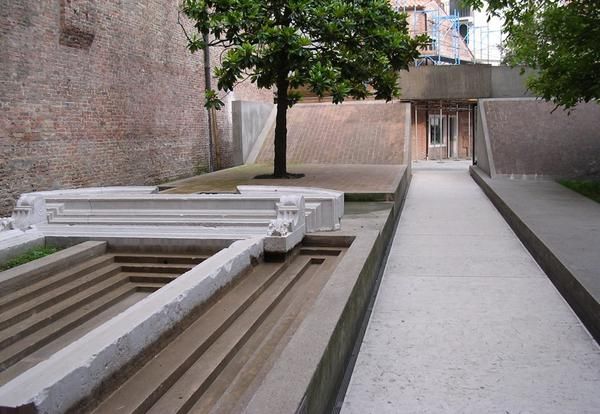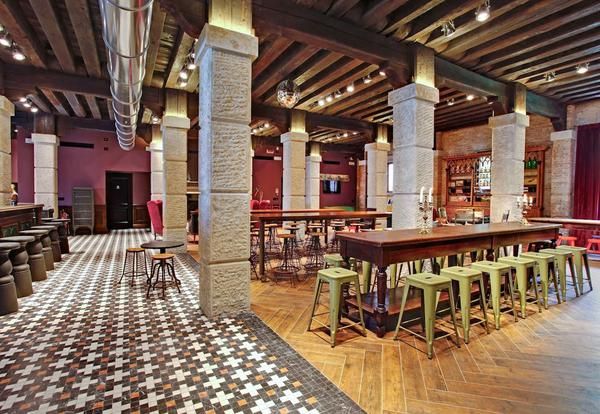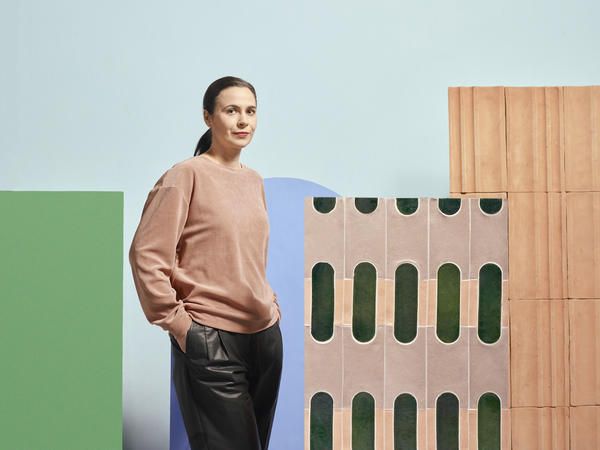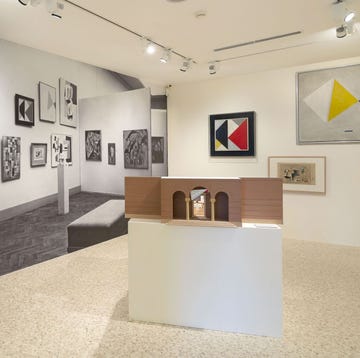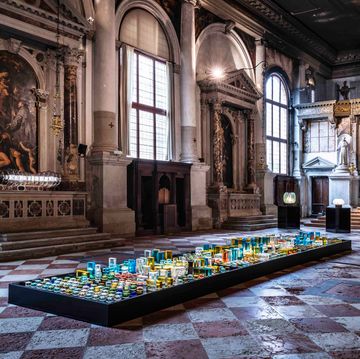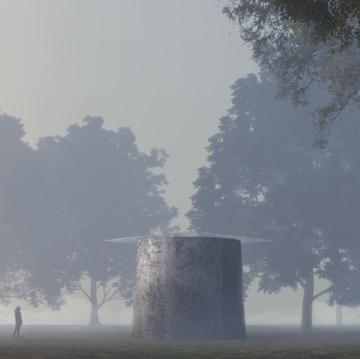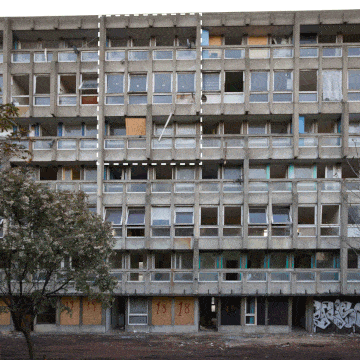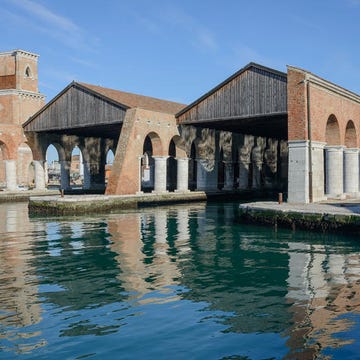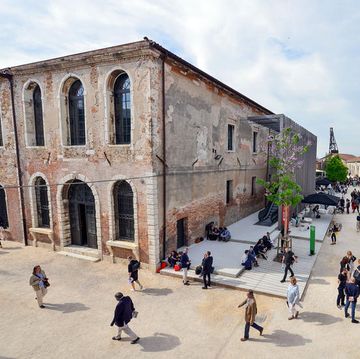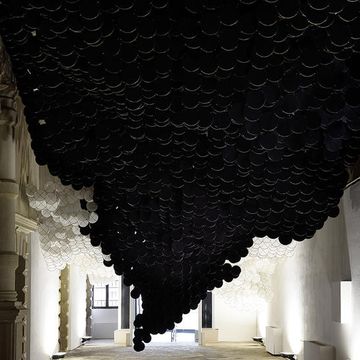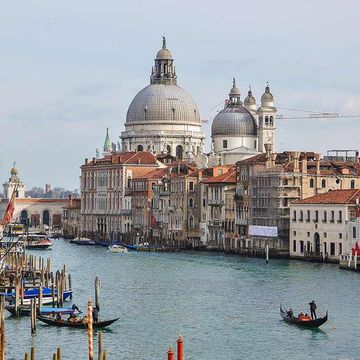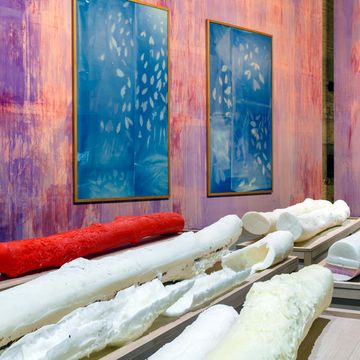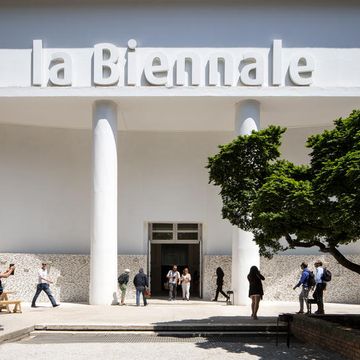On the occasion of the Biennale, we met the designer Cristina Celestino, who has felt very close to the city since her university days. She accompanied us on a weekend in Venice, among typical restaurants and stunning views, to show us a different city, surprising us as if it were our first visit.
Here’s what to see in Venice in 2 days!
The most beautiful churches
At the edge of town, in a dream-like atmosphere, visit the churches designed by Palladio. Confined at the time of their construction to the fringes of the city, they now offer unexpected points of view: the Chiesa del Redentore, San Giorgio Maggiore, San Pietro di Castello, and San Francesco della Vigna.
A bar for breakfast
Tonolo pastry shop, open since 1886. A super-tempting window and excellent pastries. On November 11th, the day of Saint Martin, the shop’s showcases fill with horse-shaped short-crust biscuits with a rider on top (Saint Martin on horseback); with their many sizes (from the tiny ‘single-dose’ ones, to the family dessert–like) and colourful garnishments, they are true spectacle.
A place for your shopping
The Fondaco dei Tedeschi, a historic Venetian palace, during my university days was the city’s headquarters of the mail service. Now, after Rem Koolhaas’s restoration, it has been converted into a shopping centre.
A beach
Bacan beach at Sant’Erasmo, the lagoon’s largest island, which is quiet and richly cultivated. You can get there only by boat or by vaporetto, getting off at the “Capannone” stop. It is a classic destination for Venetians, dominated by an impressive tower from the Habsburg era.
A place where to have lunch
Antiche Carampane. It is located in the San Polo district, not far from Rialto, in a hidden calle. Cosy and welcoming, it is one of the best restaurants for seafood, which may also be served raw.
A view not to be missed
Sights in Venice are endless, and every time I go back, I find new perspectives to fall in love with. I am particularly fond of two views of the city.
The first is a view of the church of Santa Maria dei Miracoli from the Campo of Santa Maria Nova. From there, the church looks like a small trunk fallen from the sky, compact and precious, covered with polychrome marbles.
The second is in the north of city: the Sacca della Misericordia, a few steps away from the Misericordia walkway (Fondamenta). In the only border area of the city with no walkways on the lagoon side, this ‘cutout’ of the urban fabric is now used only as a marina.
Architectures that are worth a visit
Those by Carlo Scarpa: from the Fondazione Querini Stampalia to the Olivetti store in Piazza San Marco and the IUAV Tolentini University.
Where to go for dinner
Two spots. The first is Venissa: it is located on Mazzorbo, a beautiful islet connected to Burano through a wooden bridge. There are still many orchards and vineyards here; the landscape is surprising and the cuisine sophisticated. Then there is Trattoria Alla Rivetta, in the Castello district. A real Venetian restaurant, simple but genuine, whose patrons are Venetians and gondoliers; the right place to taste local dishes.
A hotel where to stay
Generator Hostel, a luxury hostel in the Giudecca island, overlooks the walkways from where to enjoy a view of the basin of San Marco and of Punta della Dogana.
Built in the mid-nineteenth century as a wheat storehouse, it was then converted into a hotel; it has very colourful interiors and a décor featuring a mix of designer objects and recycled pieces.
A typical product to taste
The Spritz, consumed with the classical Venetian shots.
After completing her studies in the Architecture Department of IUAV University of Venice, Cristina Celestino started collaborating with prestigious design firms and focused her attention on interior architecture and design. In 2009, she moved to Milan, where she founded the brand Attico Design, specialising in lamps and furnishings characterised by a meticulous research on materials and shapes. In 2012, she was selected to participate to the Salone Satellite, and after this experience, Attico Design products were put on display in numerous international galleries and showrooms. Among such products, the Atomizer project, manufactured by Seletti, became part of Milan’s Triennale permanent collection of Italian design. Today, Cristina Celestino designs exclusive projects for private clients and for firms like Alpi, Atipico, BBBemmebonacina, Budri, Durame, Fendi, Fornace Brioni, Flexform, Ichendorf, Mogg, Paola C., Pianca, Seletti, Tonelli Design, and Torremato.
In 2016, she received the Jury’s Special Prize “Salone del Mobile. Milano Award”. In the same year, she designed for Fendi the collection “The Happy Room”, which was presented at DesignMiami/.
At the opening: In Venice with all of Cristina Celestino’s secret addresses.
